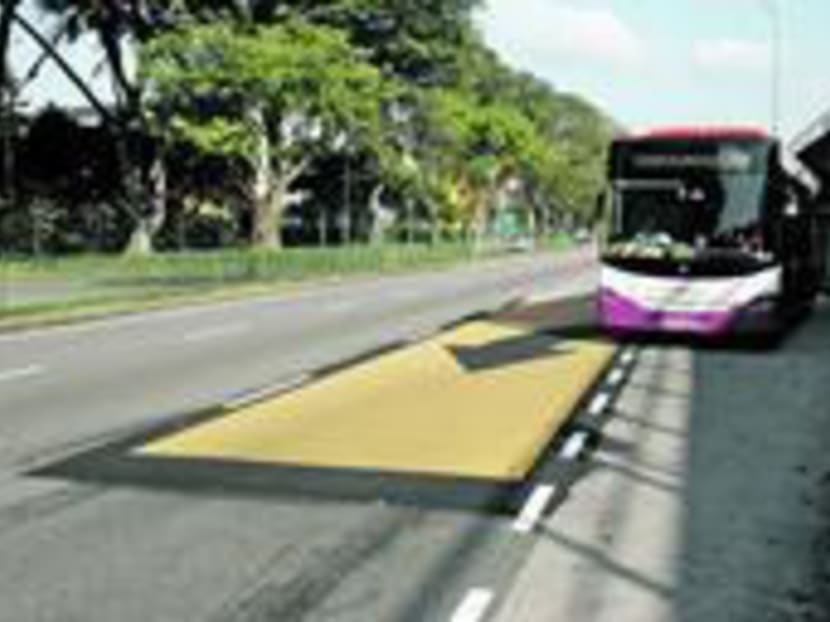Express bus lanes: Good idea, but just a first step
I am glad to hear that the authorities have made the bold move of assigning one lane of the three-lane North-South Expressway as an express bus lane to encourage a shift away from a car-centric transport system (“‘Bold’ moves for car-lite Singapore in the offing”; Jan 22).
I am glad to hear that the authorities have made the bold move of assigning one lane of the three-lane North-South Expressway as an express bus lane to encourage a shift away from a car-centric transport system (“‘Bold’ moves for car-lite Singapore in the offing”; Jan 22).
But this should be viewed as only the first step in granting buses priority on our roads. There is more we can do to improve the travel experience of bus commuters and make buses a more efficient mode of transportation.
First, an express bus lane on a single expressway cannot work in isolation without direct connection to other expressways in our road network.
In the United States, high-occupancy vehicle (HOV) lanes — which provide priority road access to cars with two or more passengers — on different expressways are connected via dedicated viaducts. Singapore can likewise improve its road infrastructure to create direct connectors between express bus lanes on different expressways.
With the lead time and planning required for new MRT lines, introducing express bus lanes on our existing expressways may be a faster way to jumpstart the public transport network expansion, and the direct connectors can come later to supplement the experience.
Second, express bus lanes on expressways cannot work in isolation without first-mile and last-mile bus priority. Especially in the city centre, full-day bus lanes may not be sufficient to ensure bus priority on our roads during peak hours, especially since they are disconnected from one another.
In the Houston, Los Angeles and Puget Sound regions in the US, park-and-ride lots are directly connected to HOV lanes on expressways through dedicated ramps. Also, in many major cities such as Bogota, Guangzhou, Mexico City and Tehran, bus rapid transit (BRT) systems ply major thoroughfares and offer bus commuters the seamless experience of underground railway lines. In particular, Silver Line BRT services in Boston run in a dedicated bus tunnel to and from the South Station terminus hub.
We can integrate these ideas by building direct connectors between the expressway bus lanes and dedicated downtown BRT facilities in areas such as Orchard Road, Shenton Way and Marina Bay.
The design of a BRT system is not easy, however. While paying fares at the platform decreases the time spent on buses, commuter flow and travel time can only be improved through significant investment in vehicular infrastructure and a steadfast dedication to maintaining the priority of buses on roads.







